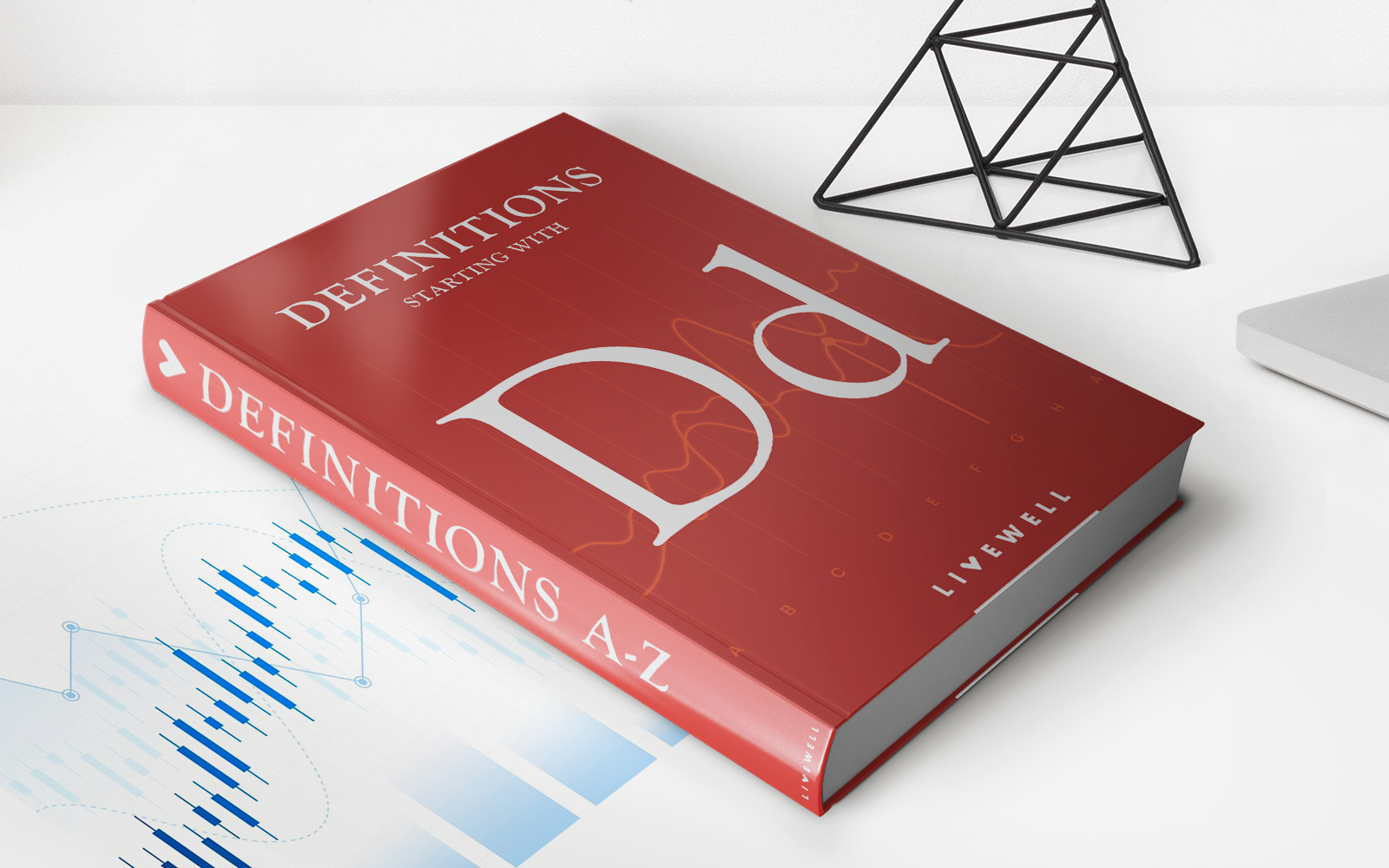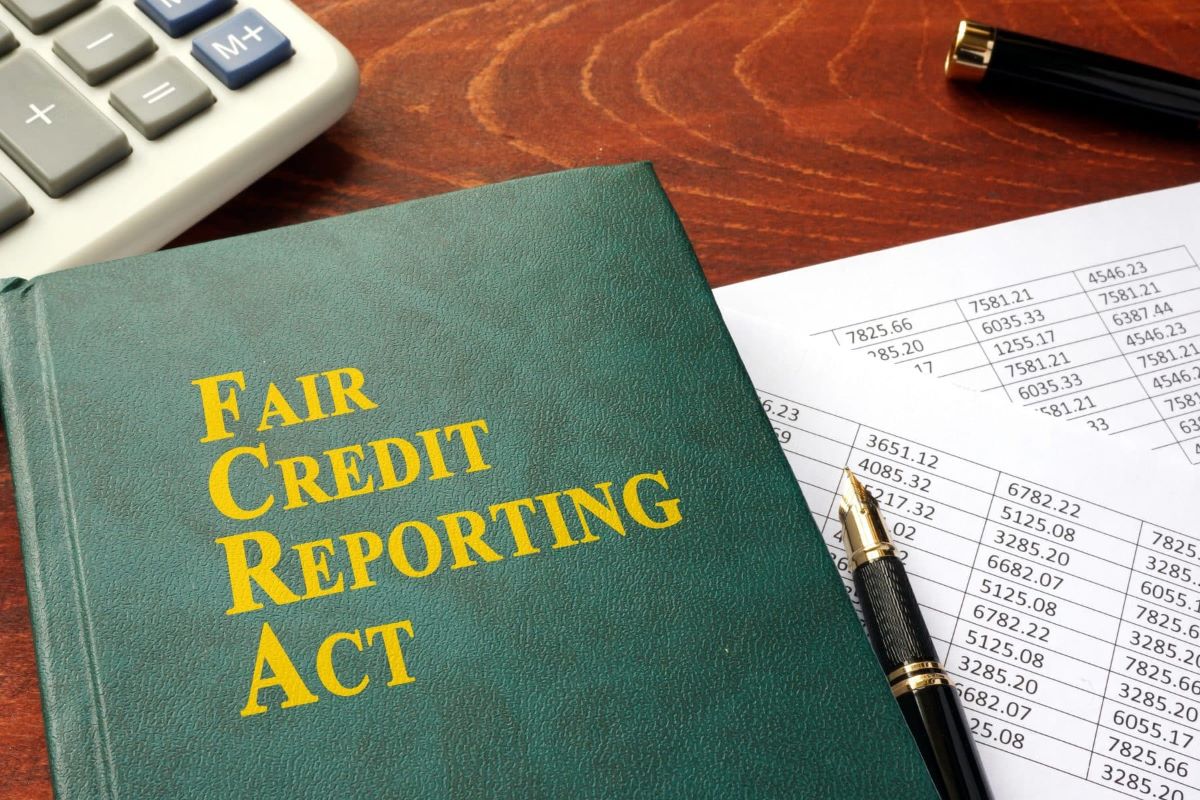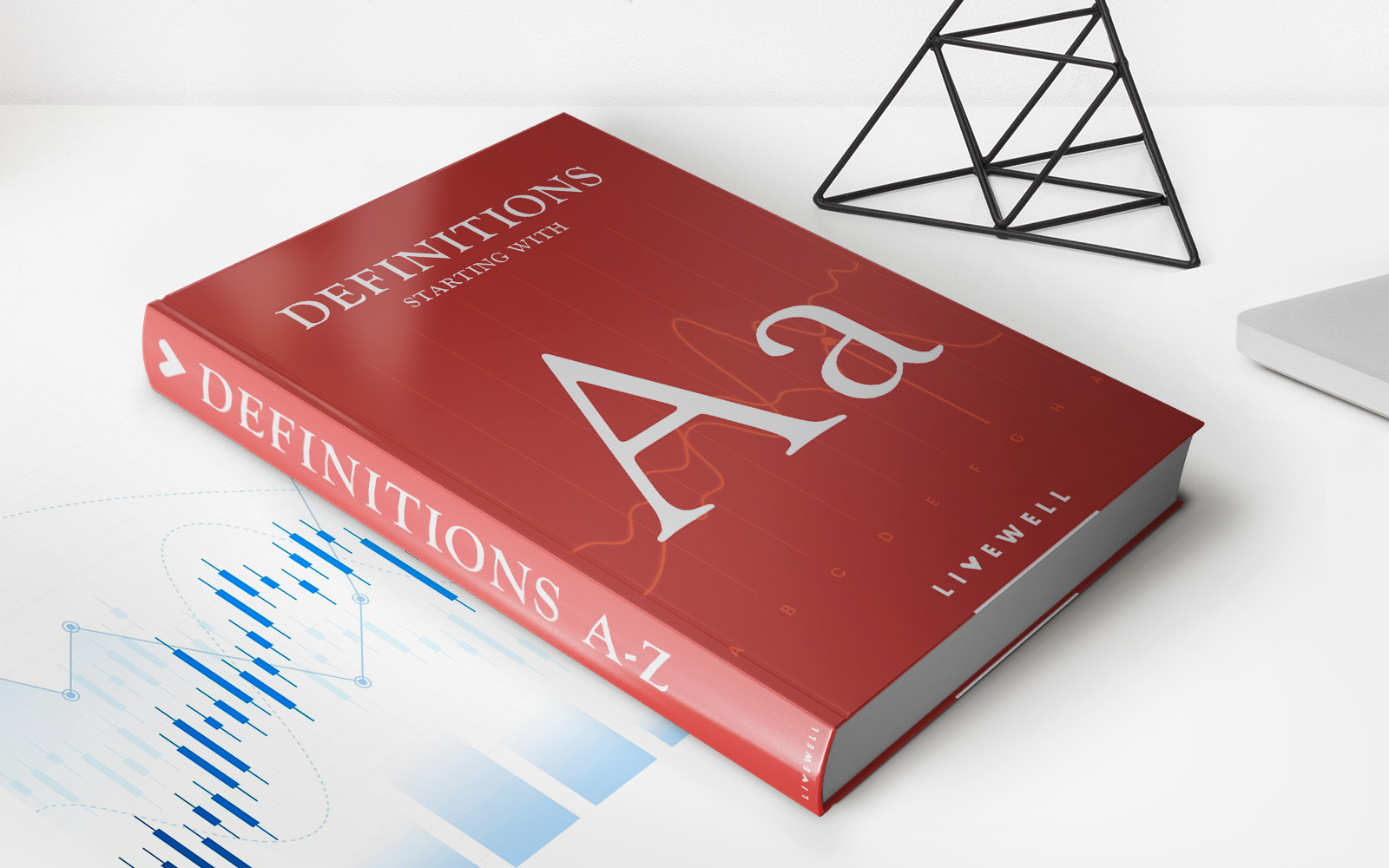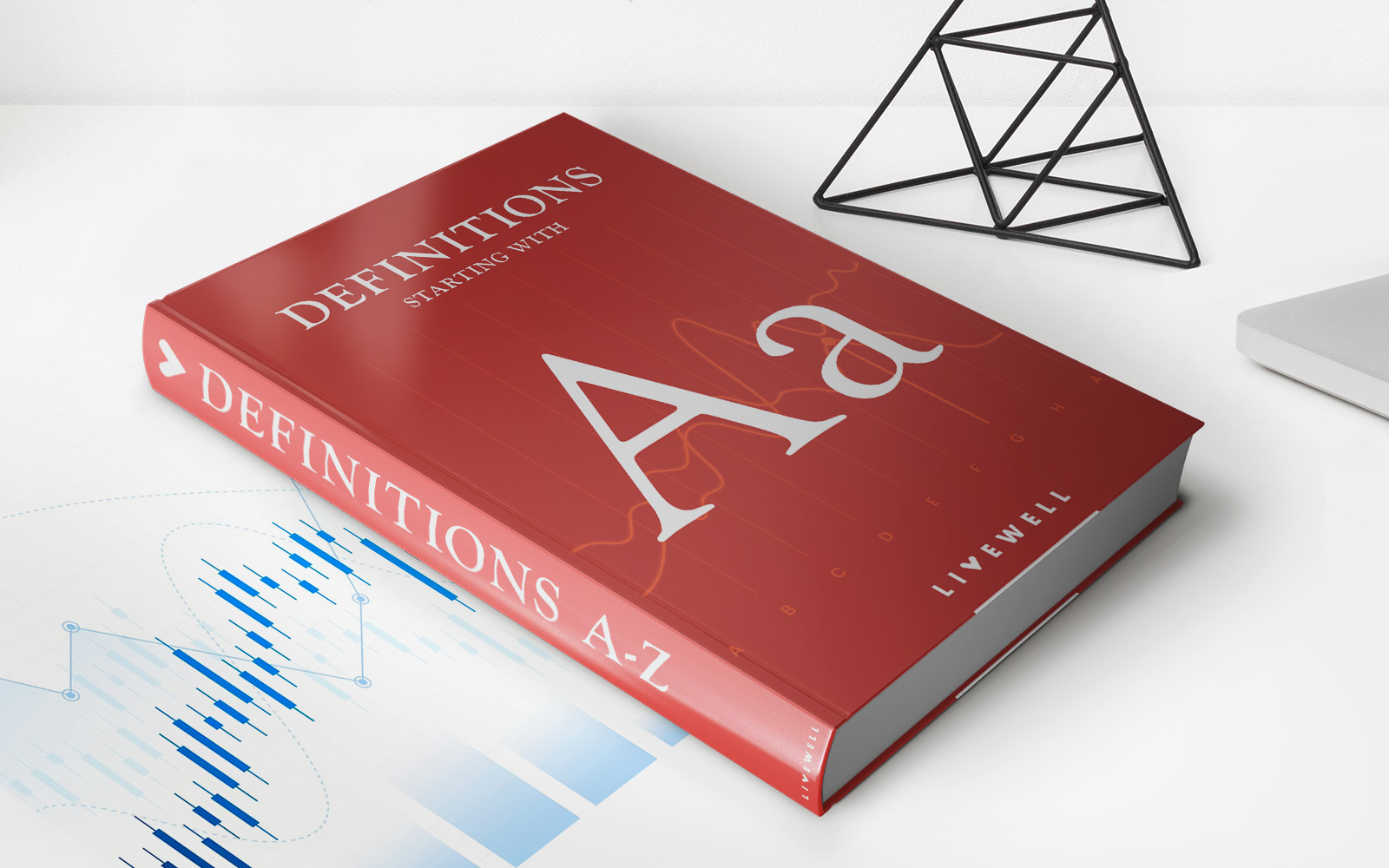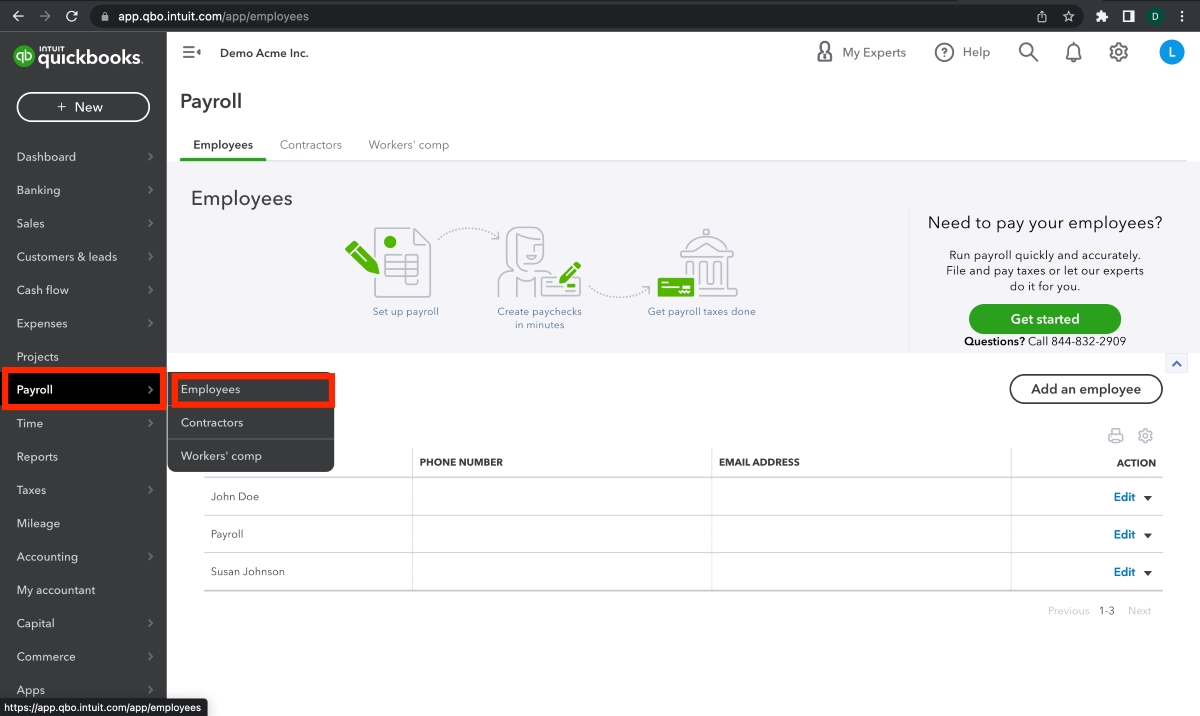Home>Finance>What Does Undervalued Mean? Definition In Value Investing
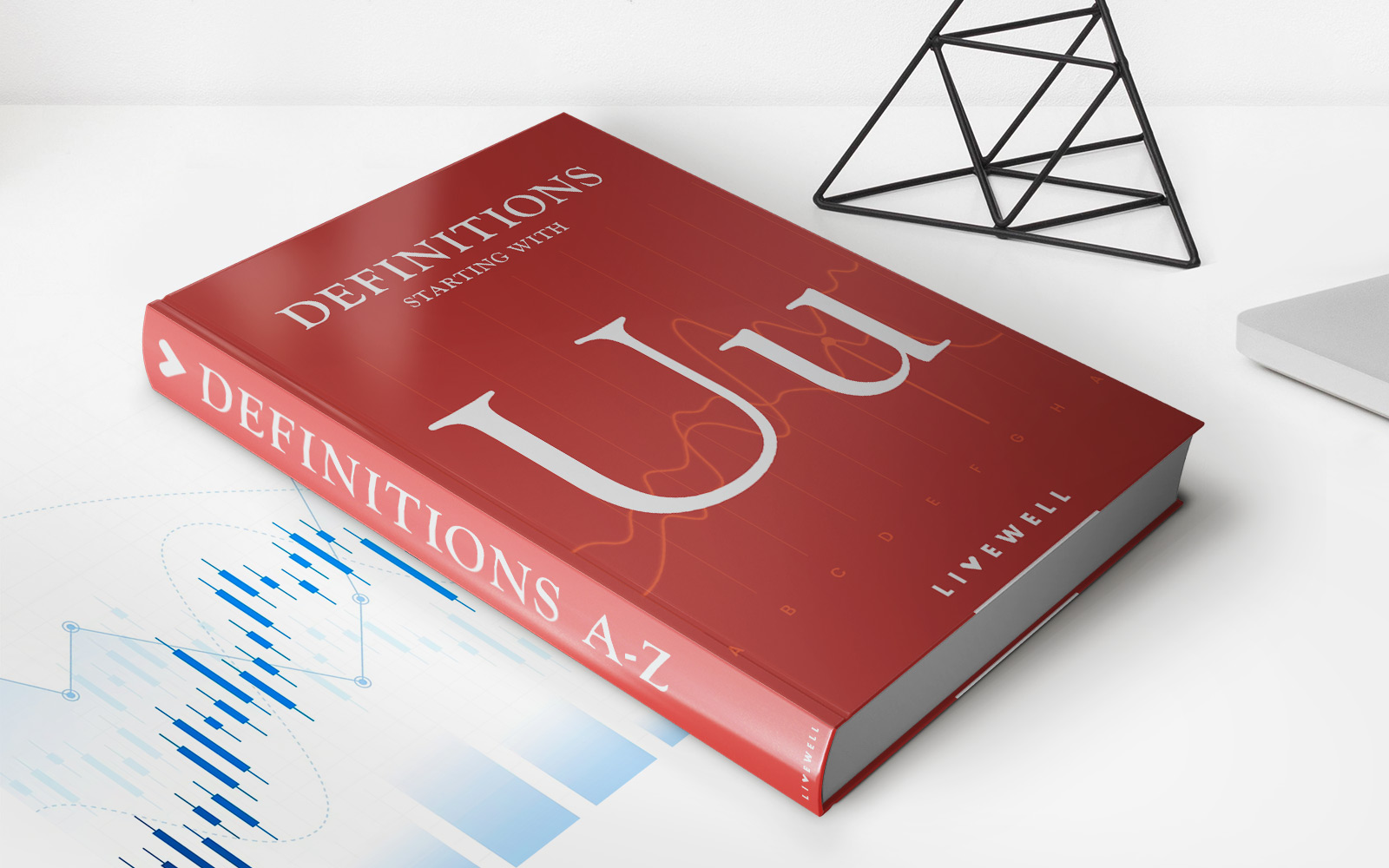

Finance
What Does Undervalued Mean? Definition In Value Investing
Published: February 15, 2024
Discover the meaning of "undervalued" in finance and its significance in value investing. Gain insights into this key concept for maximizing investment opportunities.
(Many of the links in this article redirect to a specific reviewed product. Your purchase of these products through affiliate links helps to generate commission for LiveWell, at no extra cost. Learn more)
What Does Undervalued Mean? Definition in Value Investing
Welcome to our Finance category, where we explore various aspects of the financial world. In this blog post, we will dive into the concept of “undervalued” in the context of value investing. If you have ever wondered what it means when people talk about an investment being undervalued or if you are interested in value investing, then this blog post is for you!
Key Takeaways:
- Undervalued: In value investing, undervalued refers to a situation where an investment’s market price is lower than its intrinsic value.
- Value Investing: Value investing is an investment strategy that involves buying stocks or other assets that are considered undervalued and holding them for the long term.
When it comes to value investing, understanding the concept of undervalued is crucial. In simple terms, when an investment is undervalued, it means that its true worth or intrinsic value is higher than its current market price. This discrepancy can occur due to various factors such as market sentiment, investor emotions, or even temporary financial difficulties faced by the company.
Undervalued assets can be a goldmine for value investors. Here are two key reasons why:
- Potential for Growth: By identifying undervalued assets, value investors can potentially buy low and sell high. When the market recognizes the true value of the asset, its price is likely to increase, thereby providing significant returns.
- Margin of Safety: Value investors look for a margin of safety when making investment decisions. By investing in undervalued assets, they can purchase stocks or assets at a discounted price, reducing the risk of potential losses.
So, how do value investors determine if an asset is undervalued? They employ various valuation techniques such as analyzing financial statements, comparing price-to-earnings ratios, evaluating cash flows, and assessing market conditions. These methods help investors estimate the intrinsic value of the asset and identify potential investment opportunities.
It’s important to note that the concept of undervalued is subjective and can vary depending on the investor’s perspective. What one investor considers undervalued may not be the same for another. Therefore, value investing requires thorough research, analysis, and a deep understanding of the underlying fundamentals of the asset being considered.
In conclusion, understanding the concept of undervalued is crucial in value investing. It refers to an investment whose market price is lower than its intrinsic value. Value investors actively seek undervalued assets, as they offer the potential for growth and provide a margin of safety. By employing various valuation techniques, investors can identify opportunities and make informed investment decisions. So, the next time someone mentions an asset being undervalued, you’ll have a better understanding of what it means!







